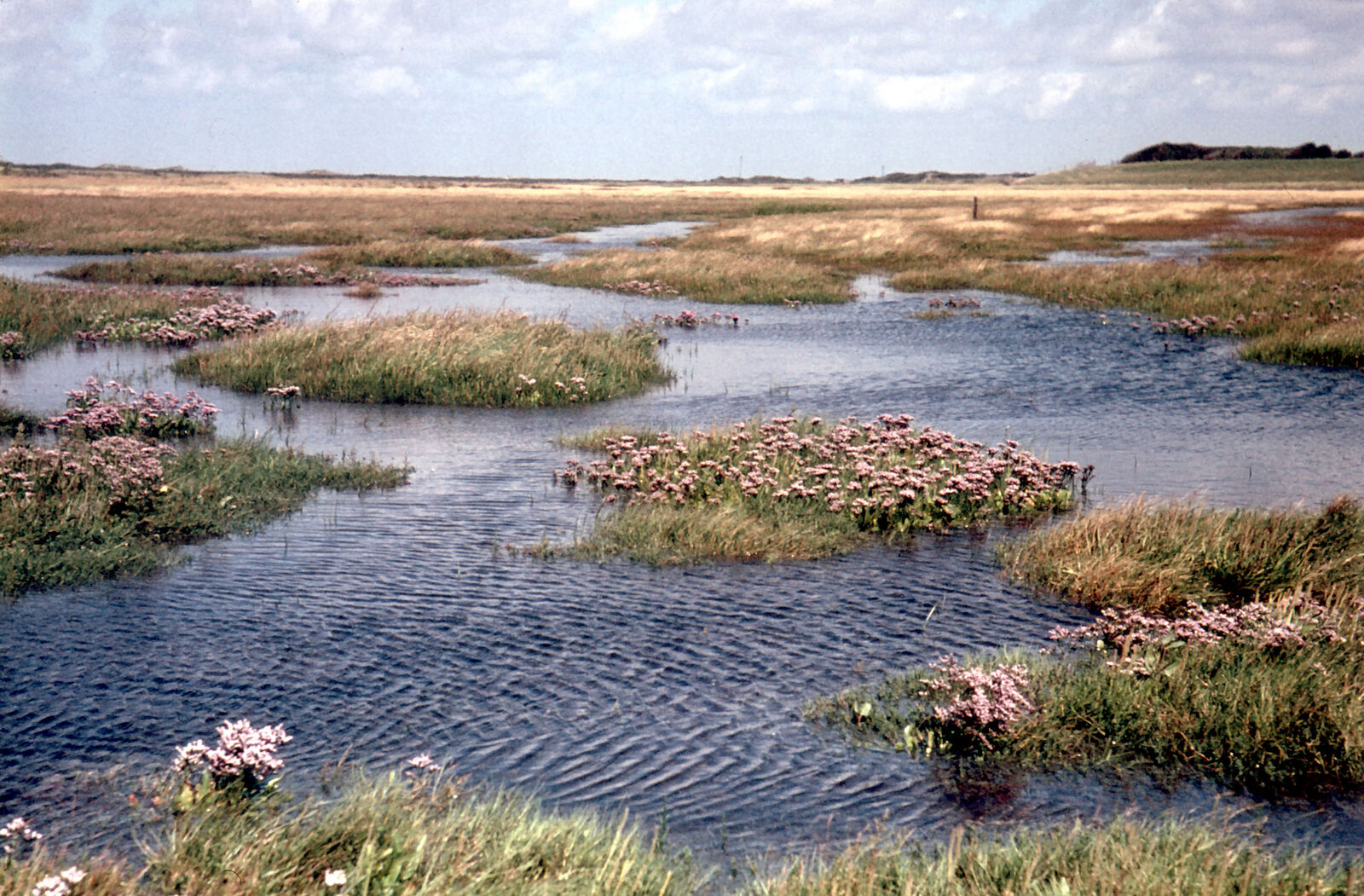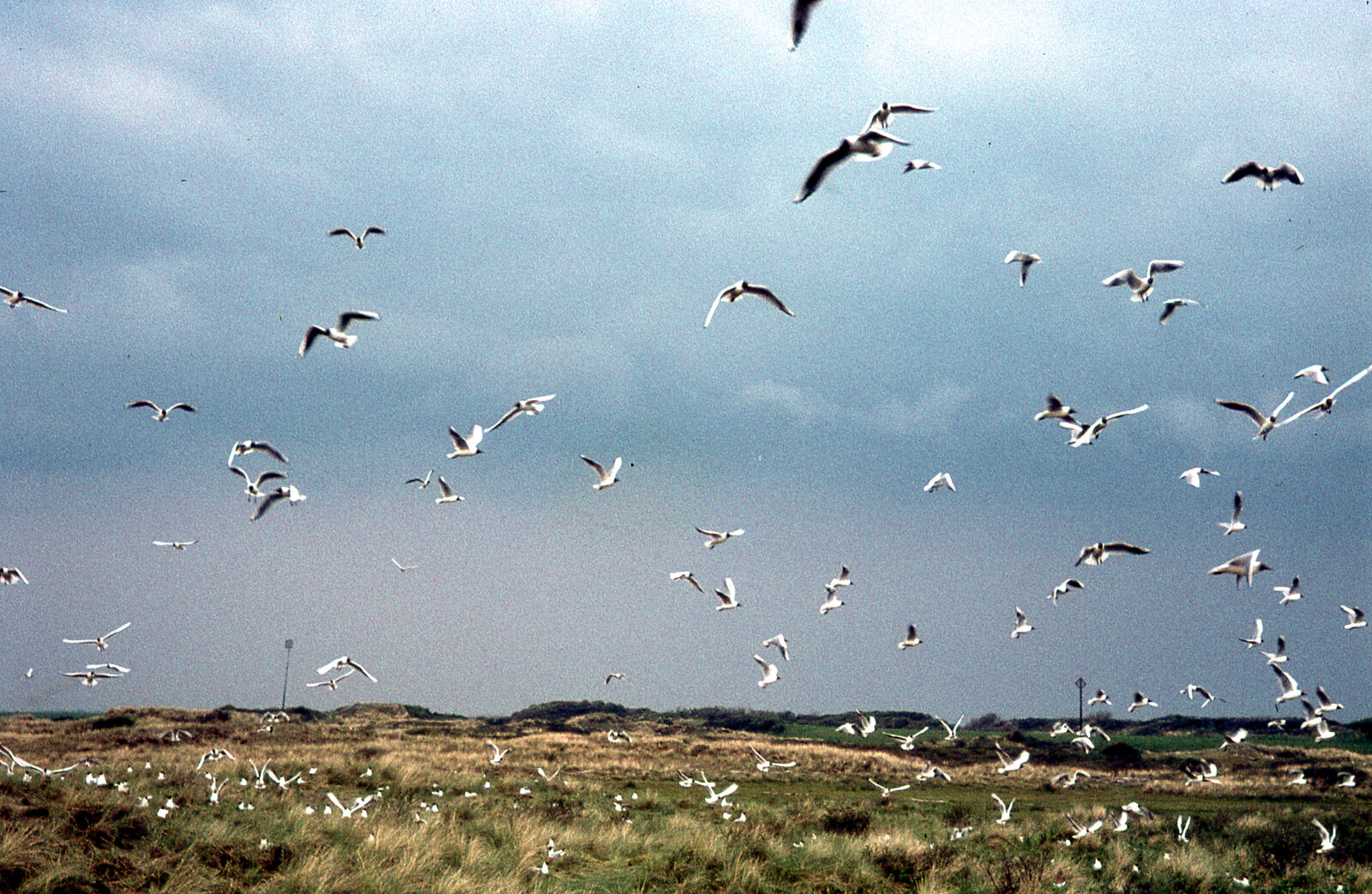Rotterdam Cultural Histories #23: Under Six Meters of Sand: The Disappearance of the De Beer Nature Reserve
The port of Rotterdam, where the BP refinery and the ore and coal storage are now located, once was the site of a large nature reserve. The construction of the Nieuwe Waterweg shipping route in the 1860s produced a sand bank which grew into a 1300 hectare jagged dune area. Known as De Beer, the area was a 1300-hectare avian paradise.
The nature reserve ended with the development of The Europort in the late 1950s and early 1960s. During the 1964 breeding season, the site was scorched away with car tyres and burning oil. The villages of Blankenburg and Nieuwesluis were also flattened and buried under the sand to make way for industry.
There was little resistance at the time, and any critical voices were ignored. The port’s economic growth was the undisputed priority. It was understood that increased prosperity would naturally lead to greater general well-being. Though authorities made a promise to ‘compensate’ for the De Beer’s disappearance, it was never honoured.
In their documentary ‘Under Six Meters of Sand’ artists Nöelle Ingeveldt and Juriaan van Berkel (Studio Berkveldt) investigate the rationale of the Port Authority and the Municipality of Rotterdam and the consequences of De Beer’s destruction.
Historian Ed Buijsman shares documents about this period, which he collected while researching the history of De Beer nature reserve.
Rotterdam Cultural Histories is a collaboration between TENT and Kunstinstituut Melly that explores our common roots in Rotterdam. TENT curated this edition.


